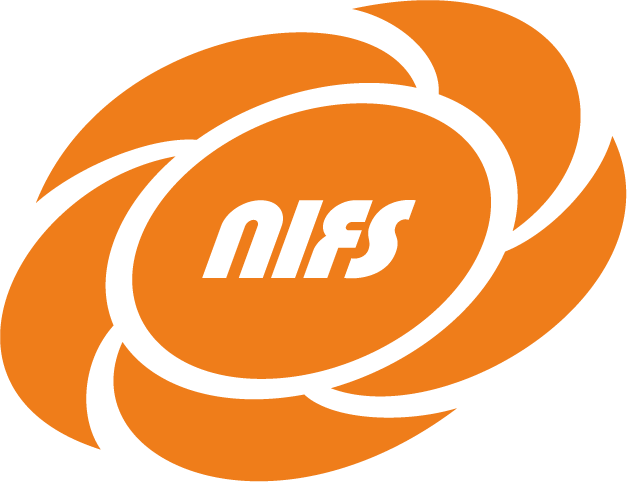Speaker
Description
Roman Afanasenko1, D. Leichtle1, F. Hernández1, J.H. Park1, P. Pereslavtsev2, G. Zhou1
1Karlsruhe Institute of Technology, 76344 Eggenstein-Leopoldshafen, Karlsruhe, Germany
2EUROFUSION Programme Management Unit, Fusion Technology Department - DEMO Central Team, Boltzmannstrasse 2, 85748 Garching, Germany
The Helium-Cooled Pebble Bed (HCPB) breeding blanket is one of the leading candidates for the new DEMO baseline, requiring efficient tritium breeding and strong neutron shielding to ensure reactor sustainability and structural integrity. This study explores innovative modifications to the configuration of the HCPB breeder blanket. The effects of changes in the breeder spherical layer geometry, neutron multiplier distribution, and cooling channel location on the tritium breeding ratio (TBR) and neutron flux decay are investigated. This work provides a first preliminary assessment of HCPB availability for the new DEMO baseline, balancing gains in tritium breeding against shielding and material challenges.
Using Monte Carlo neutron transport simulations, the neutronic performance of each variant was evaluated under DEMO-relevant conditions. These analyses demonstrate that the HCPB concept of the breeding blanket represents a highly effective and robust tritium breeding system for the DEMO tokamak. The design achieves a high tritium breeding ratio (TBR) while maintaining adequate shielding to protect critical components, even with localized adjustments to compensate for changes in neutron flux distribution. The results confirm that the HCPB blanket ensures sufficient tritium self-sufficiency and structural integrity under operational loads.

